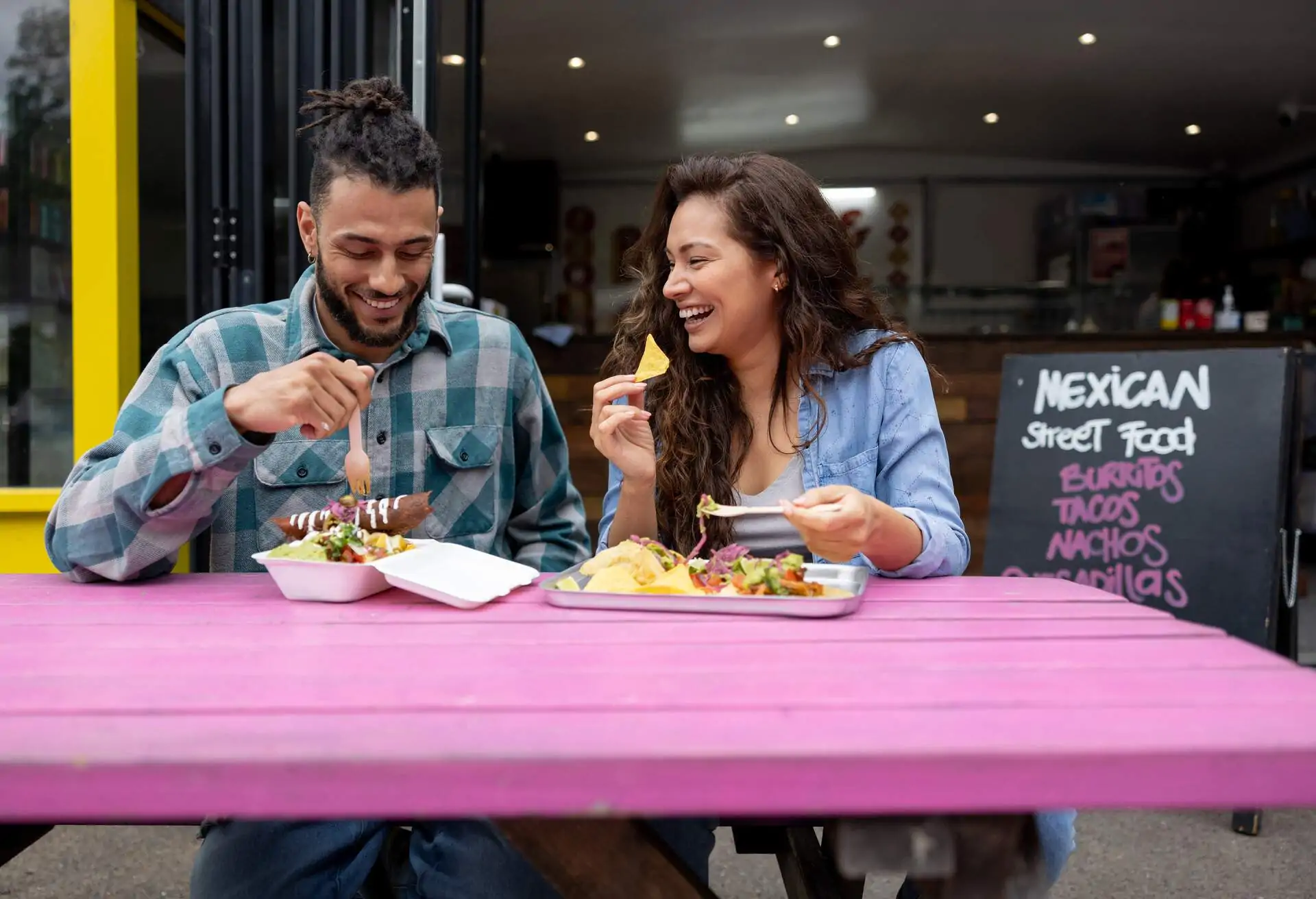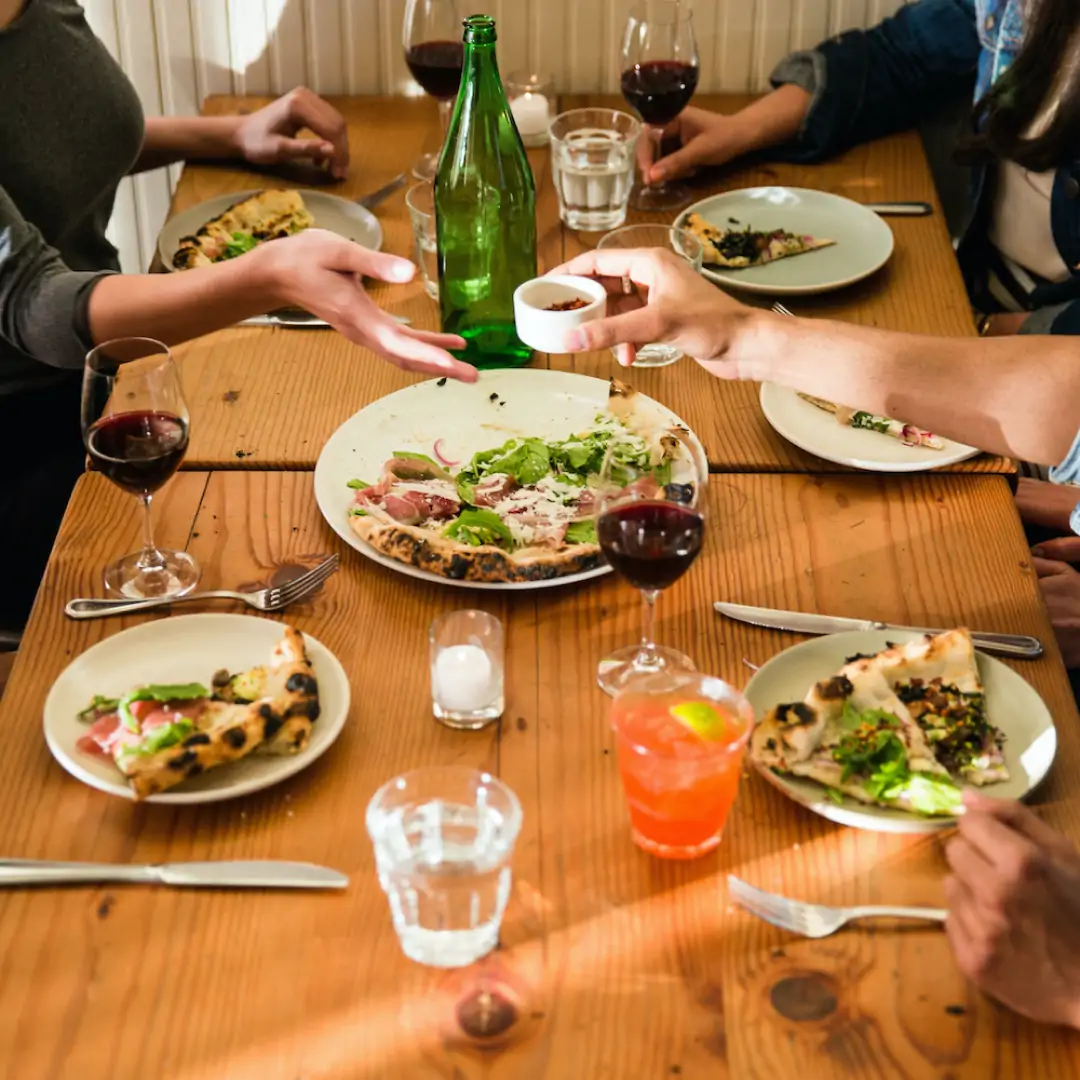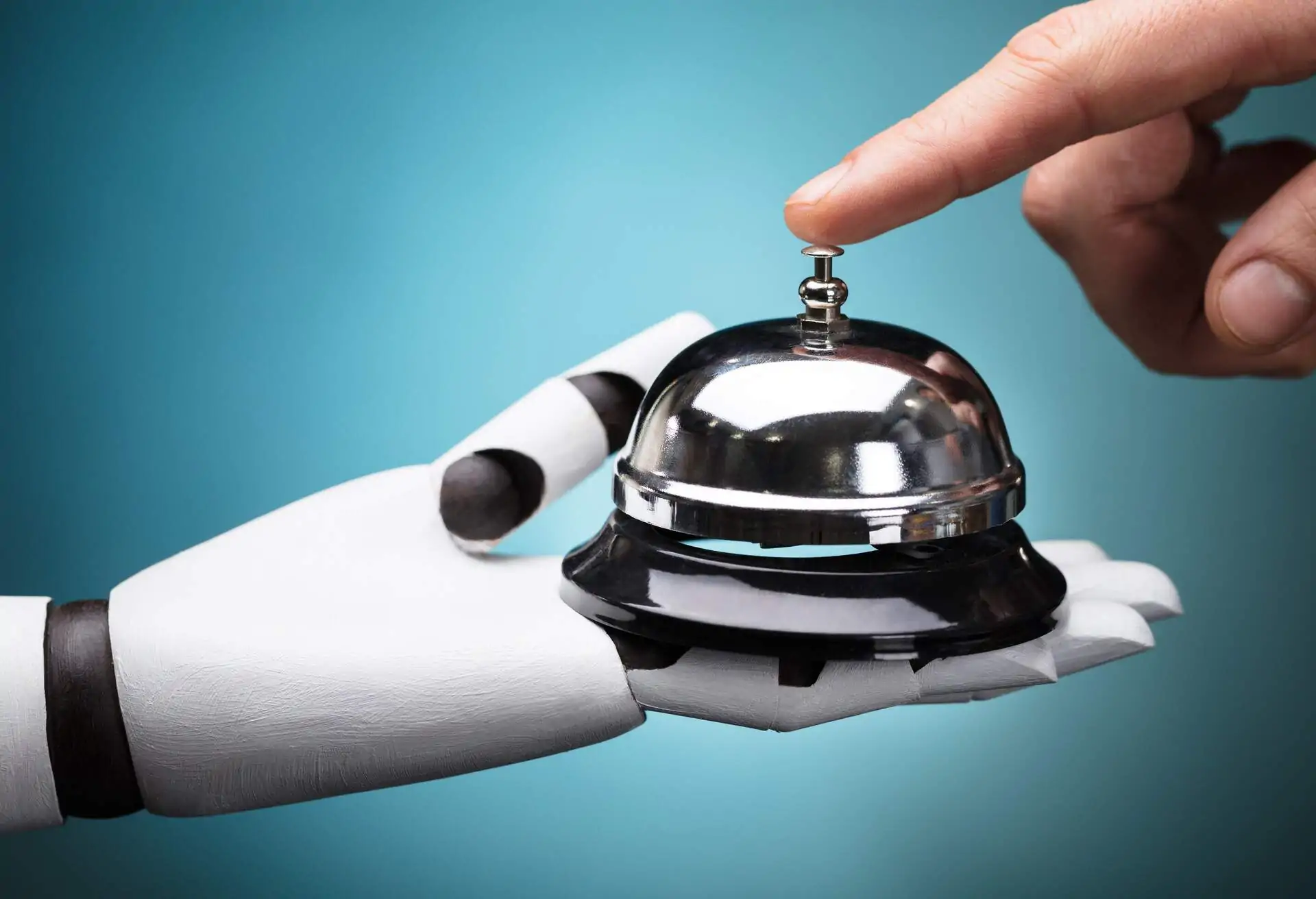Your guests are talking about their dining experiences online, here, there and everywhere. From quick Instagram stories to detailed reviews, there’s plenty of information out there, and it may be about your spot. But how can you track all your mentions or anything specific to your industry?
Social listening helps you tap into these conversations and gives you valuable insights to make your restaurant even better. With that in mind, this guide looks at how social listening works and why it’s so beneficial for restaurants that want to stay relevant online.
What is social listening?
Social listening is tuning into what people are saying about your restaurant (and your competitors) on social media, review sites and across the web. It lets you glean insights that can help you serve up an even better experience for your guests.
How does social listening work?
Social listening for restaurants involves monitoring social media platforms and online review sites for mentions of your business, cuisine type and relevant industry keywords. You can use specialised tools or manually search platforms like Instagram, Facebook and TikTok.
When guests post about their dining experiences, you’ll be able to see their comments in real-time—and they don’t have to tag you directly. As a result you can respond faster to both positive and negative feedback. You can also track broader conversations about food trends or local dining preferences.
Analysing this data helps you identify patterns in guest sentiment, which menu items are popular and potential areas for improvement. Having such information to hand helps you make more informed decisions about aspects related to your restaurant from menu changes to marketing strategies.
Why use social listening?
In an ideal world, guests will tag you when they mention your restaurant on social media. But this isn’t always the case, and there might be plenty of diners out there talking about your restaurant online and perhaps even providing word-of-mouth referrals without you necessarily knowing about it.
Beyond that, social listening helps you understand how diners are talking about the restaurant and hospitality industry at large. It lets you keep your ear to the ground about what’s going on in the broader hospitality industry while potentially picking up previously unknown guest thoughts about your restaurant.
What are the steps to start social listening?
You can go onto social media platforms and type your restaurant name in the search bar. The best method, however, involves a social listening tool.
Here’s how to get started:
- Choose your tools: Pick social media management software or set up free alerts (more on these shortly).
- Set up keywords: Include your restaurant name, menu items and relevant industry terms.
- Monitor regularly: Check your chosen platforms daily for mentions and reviews.
- Analyse the data: Look for patterns in guest feedback and emerging trends.
- Respond promptly: Address both positive and negative comments.
- Adjust your strategy: Use insights to improve your menu, service or marketing.
- Track competitors: Keep an eye on what people are saying about similar restaurants.
- Stay consistent: Make social listening a regular part of your restaurant’s routine.
The goal is to gather actionable insights to enhance your guest experience and grow your business.
What are the best social media listening tools?
Here are some of the more popular social listening platforms that can help your restaurant get more out of its social media marketing.
- Hootsuite is a popular choice that lets users monitor brand mentions and keywords across multiple platforms. It’s user-friendly and integrates with other tools to enhance its features.
- For smaller restaurants, Brand24 offers affordable, real-time monitoring and trend tracking. It’s a good fit if you’re just starting with social listening and want comprehensive features without breaking the bank.
- Sprout Social combines social media management with listening tools, making it a solid all-in-one solution. It helps you understand your audience and identify key influencers talking about your restaurant.
- If you’re looking for in-depth analytics, Talkwalker provides insights into brand sentiment and trends. It’s particularly useful for tracking conversations across a wide range of platforms and online sources.
- For restaurants focused on understanding their audience, Audiense offers insights into customer demographics and behaviours. This can help you tailor your menu and marketing to better serve your target guests.
When choosing a social listening tool, consider factors like ease of use, real-time monitoring capabilities and how well it fits your budget. Look for options that offer free trials so you can test them out before committing. You want to find a tool that helps turn social media conversations into actionable insights for your restaurant.
Social listening strategies
Succeeding with social listening is about using the right tactics to unearth information about the hospitality industry and your restaurant that you previously were unaware of. Here are some tips to get you started.
Get inside knowledge on guest satisfaction
Imagine knowing exactly what your diners think about their meals, even if they don’t tell you directly. Social listening lets you do just that. By keeping an eye on social media and review sites, you can catch both the positive and negative feedback in real-time.
Did someone post a glowing review about your new menu? Consider featuring that dish in your marketing. Alternatively, if you notice a trend of comments about slow service during the lunch rush, you know it might be worth talking with your team about rectifying the longer serve times.
Receiving instant feedback loops helps you address issues quickly and double down on what’s working well. You essentially have a constant pulse on your restaurant’s performance, without having to rely solely on comment cards or surveys.
Stay ahead of food trends
Social listening can help you spot the next big food trend before it hits the mainstream. Monitoring online conversations about food will give you a sense check of what’s creating buzz in the culinary world and let you adapt accordingly.
Are people talking about a new fusion cuisine? Is there growing interest in plant-based options? Armed with these insights, you can tweak your menu to stay ahead of the curve. That’s not to say you need to jump on every trend, but understanding what your diners might be craving next can go a long way to a smoother operation.
Keep an eye on the competition
Pay attention to what diners are saying about other restaurants. Are they praising a new chef’s tasting menu? It might be time to refresh your own offerings if that’s the case. Notice complaints about slow service at a popular spot? That’s your chance to highlight your efficient team and excellent service.
These kinds of insights help you spot opportunities in the local dining scene. Maybe there’s a gap in the market for late-night bites or diners are looking for outdoor options in your area. Whatever information you unearth, use it to fine-tune your menu, improve your service or launch targeted promotions.
And it’s not about imitating others. Instead, use these insights to carve out your own unique spot in the local restaurant landscape. Stay true to your concept while adapting to what diners in your area really want. That’s the recipe for standing out in a crowded market.
Turn casual diners into loyal fans
Think of social listening as building real connections with your guests. When you engage with diners online, you’re fostering relationships that can turn first-time visitors into loyal regulars that feel a sense of belonging with your spot.
Did a guest post a photo of your new seasonal special? Give them a shout-out and ask if you can share it on your own page. Notice a lukewarm review? Respond thoughtfully and invite them back to try again. These kinds of interactions show diners that you value their feedback and care about their experience.
By joining food-related conversations and sharing user-generated content, you’re creating a community around your restaurant. It’s no different to having a friendly chat with guests at your restaurant, but it’s online instead. Taking this approach can be effective in bringing in new diners and keeping your regulars coming back for more.
Craft marketing that hits the spot
The insights you gain from social listening can also help your marketing efforts. Knowing what content resonates with your audience will help you create more targeted, effective campaigns.
Maybe you’ll discover that behind-the-scenes kitchen videos get the most engagement, or that your followers enjoy seasonal menu teasers. Having a data-driven approach helps you focus your marketing strategy where they’ll have the biggest impact, saving you time and resources.
Serve up better experiences, one insight at a time
Social listening offers you the chance for continuous improvement. Paying attention to what your diners are saying online means you can refine and enhance their experience regularly.
You might notice that people love your new dessert menu but wish the portions were a bit larger. Or perhaps you’ll see a trend of comments praising a particular server’s exceptional hospitality. These insights can guide everything from menu tweaks to staff training initiatives.
Social listening helps you stay tuned in to your guests’ wants and needs, helping your restaurant stay relevant. After all, in the hospitality business, there’s nothing more important than giving people an experience they’ll want to talk about—both online and off.
Overcoming challenges in social listening
While social listening can offer plenty of value, it’s not without its challenges. Here are a few common hurdles and how to overcome them:
- Information overload: With so much data available, it can be overwhelming. Start small, focusing on one or two platforms, and gradually expand your efforts.
- Negative feedback: It’s never fun to read criticism, but try to view it as an opportunity for improvement. Respond professionally and use the feedback constructively.
- Time management: Social listening can be time-consuming. Consider delegating this task to a team member or using automated tools to streamline the process.
- Identifying actionable insights: Not all feedback is equally valuable. Focus on recurring themes or issues that align with your restaurant’s goals and values.
- Balancing online and offline feedback: Remember that social listening shouldn’t replace in-person interactions. Use it as a complement to the feedback you get directly from guests in your restaurant.
The future of social listening for restaurants
As technology continues to evolve, so too will the opportunities for social listening. Here are a few trends to watch:
AI-powered insights
Artificial intelligence will make it easier to analyse large volumes of data and extract meaningful insights.
Voice search optimisation
As more people use voice assistants to find restaurants, social listening will need to adapt to capture these interactions.
Influencer partnerships
Social listening can help identify micro-influencers in your local food scene, opening up potential new marketing opportunities.
Personalised experiences
By combining social listening data with reservation information, restaurants can create even more tailored experiences for their guests.
Summary: Are you listening?
So, are you ready to start listening? Your diners are talking, and what they’re saying could be the key to taking your restaurant to the next level. With social listening, you’re serving up experiences that keep people coming back for more.




